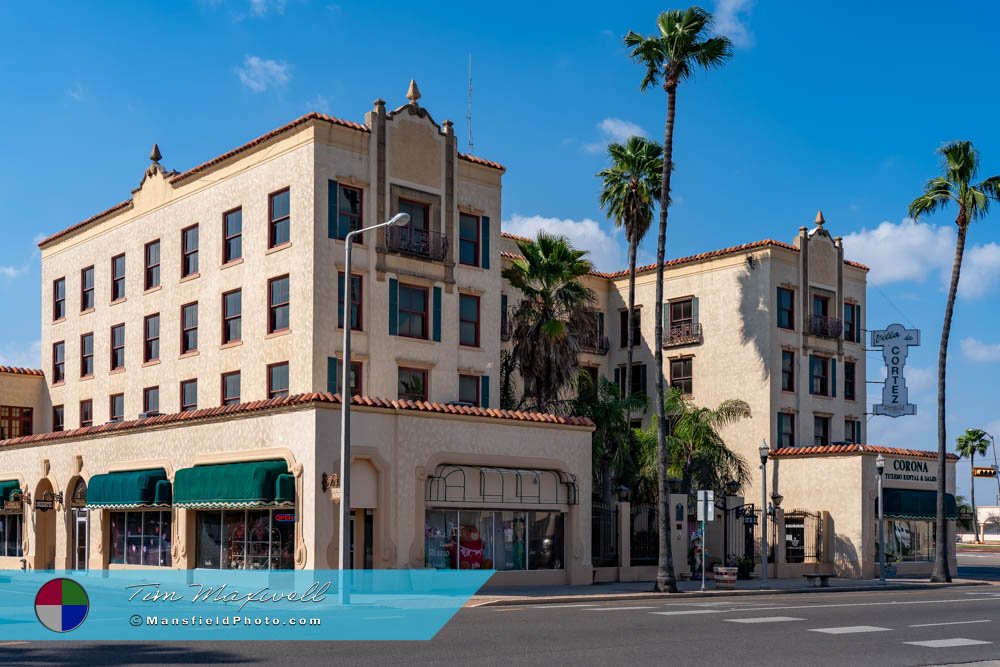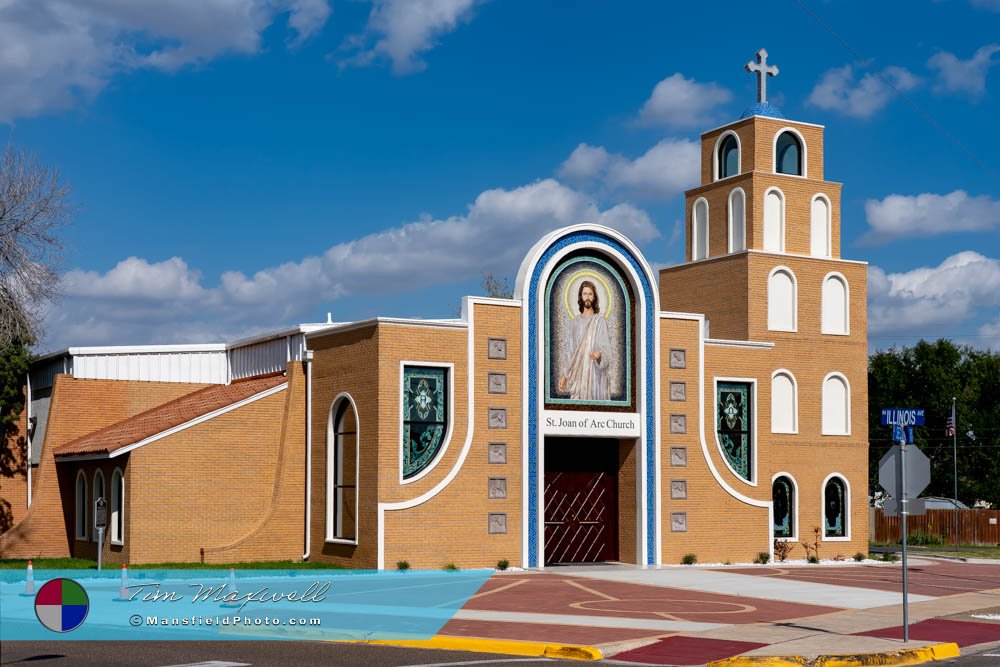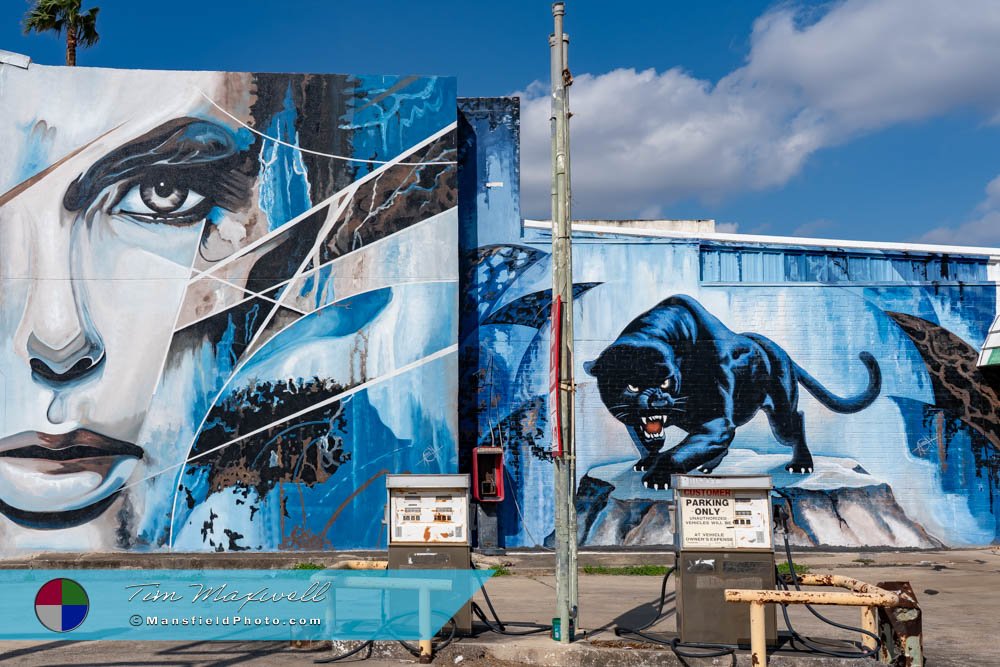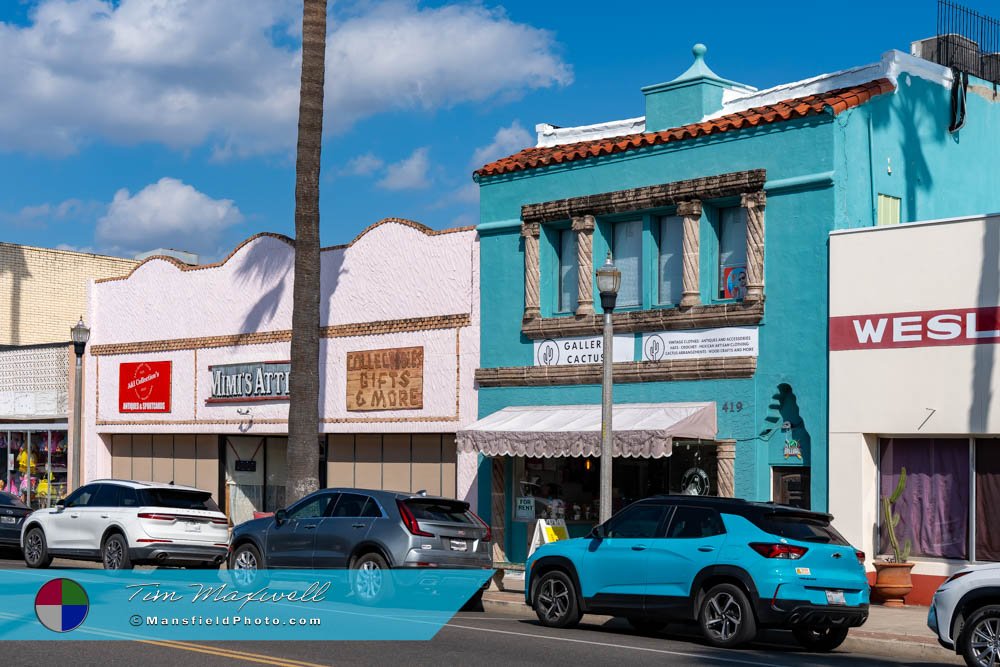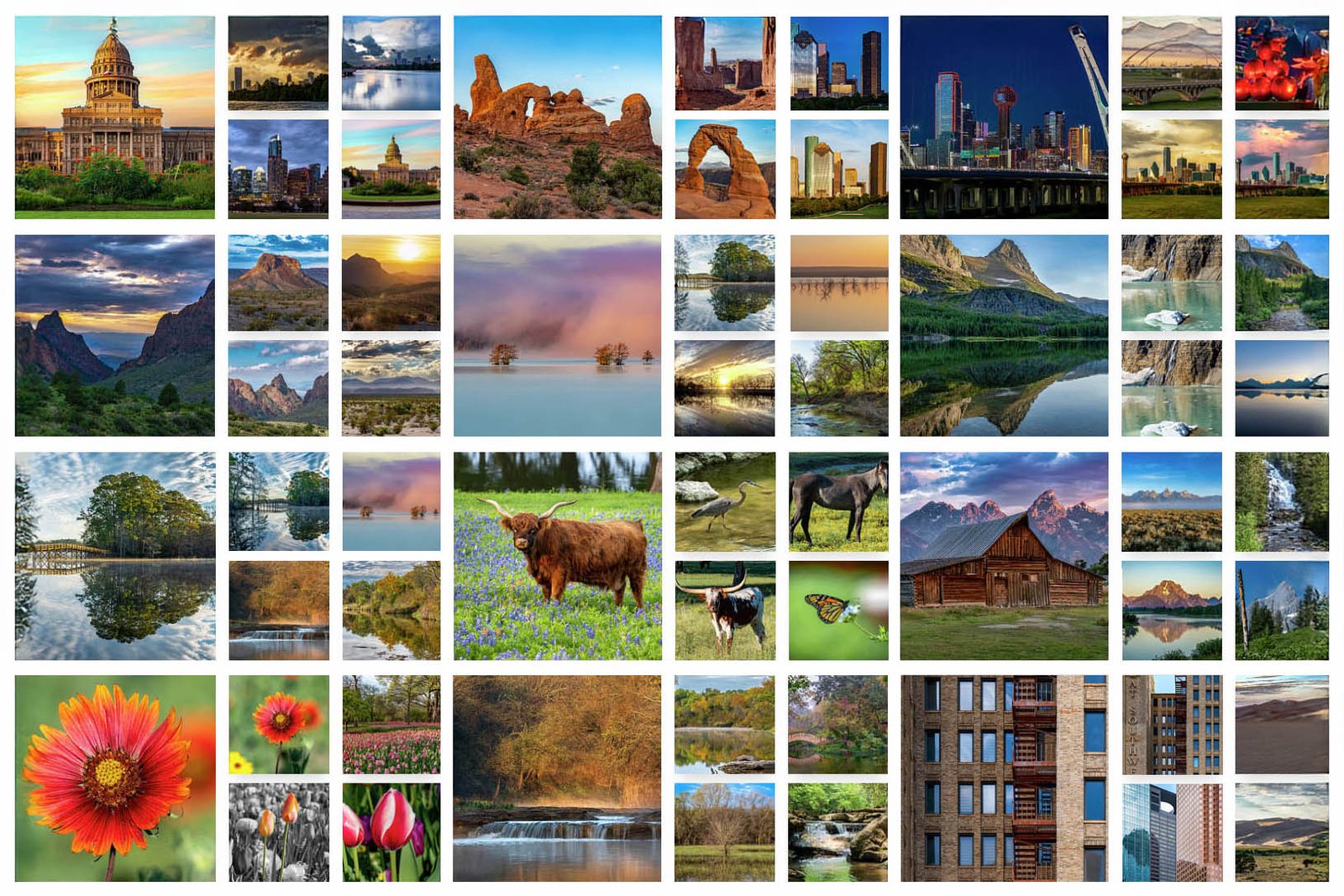Weslaco, Texas
– Where History and Culture Thrive.
The city of Weslaco was officially founded in 1919, growing from a land development venture by the W.E. Stewart Land Company, which also provided its name—”Weslaco” being a shortened version of the company’s title. Located in the fertile Rio Grande Valley, the area had long been recognized for its agricultural potential, with early settlers drawn by the promise of rich soil and a favorable climate.
The city quickly became an agricultural hub, thanks to the arrival of the St. Louis, Brownsville and Mexico Railway, which connected local farmers to markets far beyond South Texas. Citrus groves, cotton fields, and vegetable farms flourished, laying the foundation for the town’s economy.
A Past Worth Preserving
Like many towns in the valley, Weslaco experienced rapid growth throughout the 20th century. It saw an influx of both Mexican and American settlers, creating a unique cultural blend that remains today. During the 1920s and 1930s, downtown streets were lined with businesses catering to farmers and ranchers, while social halls and theaters made the city a lively gathering place.
One of the most iconic landmarks from this era is the Villa de Cortez. Built in 1928, this Spanish-style masterpiece originally operated as a hotel and remains one of the most stunning historical structures in South Texas. Over the years, it has hosted political figures, business tycoons, and community celebrations, standing as a testament to the town’s vibrant past.
The Great Depression and subsequent economic shifts led to challenges, but Weslaco’s strong agricultural roots helped sustain it through difficult times. By the mid-20th century, irrigation technology had improved, and crop production surged once again.
A Downtown That Feels Like a Step Back in Time
Wandering through downtown Weslaco today, it’s easy to imagine what life was like a century ago. The streets are lined with well-preserved historic buildings, many of which still house family-owned businesses that have served the community for generations. The charm of old storefronts, combined with modern boutiques and restaurants, creates an atmosphere that blends nostalgia with contemporary life.
Each year, events like the Texas Onion Fest highlight the city’s agricultural heritage, celebrating its role in developing the Texas 1015 sweet onion. Visitors can enjoy live music, food vendors, and historical exhibits while experiencing the warmth of small-town hospitality.
Modern Weslaco: A City Looking Forward
While history plays a key role in Weslaco’s identity, the city is far from stuck in the past. It has grown into a regional center for education, commerce, and healthcare. The proximity to the Mexican border makes it an important hub for international trade, while the surrounding wildlife refuges and nature parks attract visitors year-round.
A strong sense of community remains at the heart of the city, with local businesses thriving alongside larger retail centers. The city’s continued investment in public spaces, historical preservation, and economic development ensures that it remains both a great place to live and an appealing destination for travelers.
From its agricultural origins to its lively downtown, Weslaco offers a blend of history, culture, and progress that makes it one of the most interesting places in the Rio Grande Valley. Whether exploring the elegant Villa de Cortez, enjoying a stroll through its charming streets, or learning about its storied past, there’s always something to discover.
📸 Want to See More Photos of This Town?
